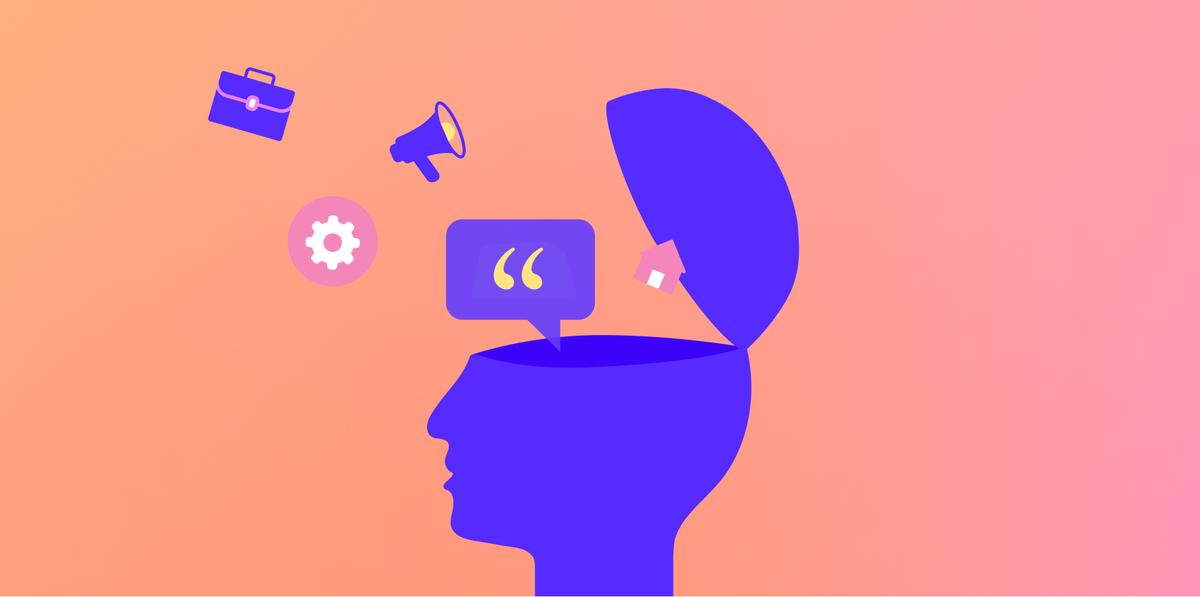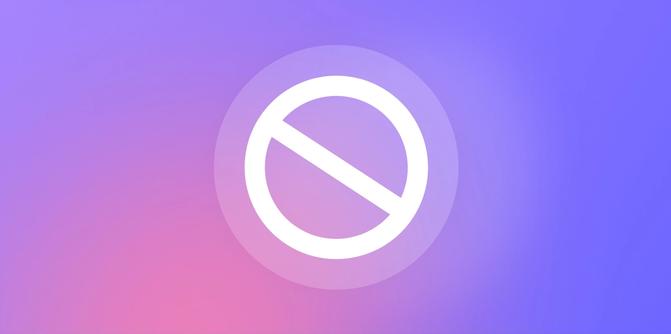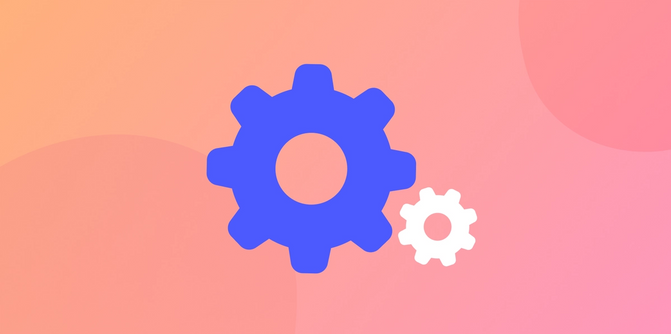Co-creation Examples to Inspire Product Innovation

Co-creation invites people to shape their own product experiences.
Co-creation is becoming increasingly common in product management, with organizations inviting external stakeholders to help increase their efforts toward innovation. It’s the process of including outsiders in the ideation and development process of a new product or service. But would a co-creative approach work if your need for open innovation is connected to improving an existing product?
It’s possible to drive product innovation through co-creation. In fact, as a product manager, you’re probably already practicing some co-creation techniques in your everyday work. Before we dive into some co-creation examples, let’s review the basics.
What is the meaning of co-creation?
Co-creation is a value-based, context-driven, and collaborative effort to develop new ideas, products, or services that will satisfy your customer's wants. In other words, co-creation happens when two or more people bring their expertise, needs, or experiences together to solve problems and create new things.
What are the benefits of a co-creation approach?
Since co-creation is a naturally collaborative process, the first major benefit is building a solid relationship between producers and consumers. It explores the various ways a product creates value and makes customers more aware of the product benefits than what is predicted by an organization. Here are some of the other advantages:
🌤️ Uncovers new perspectives - Every individual brings a different perspective to a problem. Co-creation gives more insight into finding the right solution for a product question. Ducan Wardle, the former Head of Innovation and Creativity at Disney, endorsed using naïve expertin the innovation process, reasoning that “our own expertise is our biggest barrier to innovation.” Fresh viewpoints lead to even better products.
🧑🤝🧑 Cultivates community - Co-creation isn’t a destination, it’s a collaborative journey. Meaning that keeping stakeholders engaged, even after the initial challenge is resolved, is an important part of gaining customer trust and loyalty. When you build community around your product, you’ll find success in future challenges.
🤗 Enhances customer experiences - Producing a product that is tailored to your target group ensures customer satisfaction and a positive customer experience. A co-creative community allows your customers to feel heard by being involved in the process. They can see how their feedback and ideas are implemented and fully understand the “why” behind your product.
What does co-creation entail?
As a highly interactive agile approach, co-creation requires communication, knowledge sharing, mutual respect, and collaboration.
Communication - Co-creation happens in interactive environments where communication aids creative problem-solving. To ensure communication, consider your leadership strategies: Do you foster two-way discussions? Are you giving the right type of feedback? Do you schedule check-ins and team events?
Knowledge sharing - To best understand customer needs, it’s important to exchange critical information across involved parties. For the most successful co-creation, people should be encouraged to share their knowledge and expertise instead of keeping it distributed across silos.
Mutual respect - A company culture that supports mutual respect, empowerment, and trust is necessary to foster an environment of innovation. Everyone has value for who they are and what they bring to the discussion, so respecting people’s unique contributions is integral to co-creation practices.
Platform for collaboration - Communicating, sharing knowledge, and driving innovation are difficult to do when resources are scattered throughout different applications. Having a central hub where you can combine all these elements and still productively collaborate is key to co-creation. Collato is the place for product managers and teams to do just that!
Collato for co-creation
Collato revolutionizes the co-creation process by providing a powerful platform that enhances collaboration, knowledge sharing, and collective creativity among team members. Here's how Collato facilitates co-creation:
- Effortless Note-Taking: Stop scrambling to take notes during important meetings. Collato records and transcribes your calls, allowing you to focus entirely on the discussion at hand.
- Comprehensive Meeting Overview: Gain a 360-degree view of meetings by uploading images, sketches, whiteboards, and audio recordings to Collato. Our AI technology extracts text from these inputs, ensuring no detail is missed.
- Streamlined Workflow: Automate the transition from discussion to insight to action with Collato. Our platform streamlines the co-creation process, saving valuable time and resources.
- Enhanced Alignment: Share meeting outcomes and decisions effortlessly with Collato, ensuring everyone remains on the same page throughout the co-creation journey.
- Standardized Documentation: Utilize customizable templates within Collato to transform raw meeting notes into usable documents and summaries. This ensures consistency and clarity across all documentation.
- Informed Decision-Making: Leverage Collato's complete view of discussions to guide strategic decision-making with confidence, empowering teams to drive success collectively.
Incorporate these features into your co-creation efforts to foster collaboration, innovation, and shared success within your organization.
Three co-creation examples
Now that you got the basics covered, let's look at three different examples of co-creation.
Example 1: Lego uses customer input
Lego’s “Idea” platform is the most famous example of co-creation. Ideas call for customers to post their own design ideas for new playsets. The designs that receive over 10,000 votes are considered for production. Additionally, the winner receives 1% of net sales on the kit, giving people a monetary incentive to participate.
By involving customers in the innovation process, Lego noticed multiple advantages. First, the product team saw what kinds of playsets customers would like to see, which led to a plethora of creative ideas to circle back to in future product designs. Additionally, co-creation developed value for customers who submitted or voted on a product design because they were a part of the decision-making process.
Example 2: Nespresso uses competitors
Nespresso worked with external stakeholders to discover that waste was a growing concern for their customers. In response, the company conducted a benchmark study on its product development waste compared to its competitors. They adjusted their processes accordingly and launched a campaign around sustainability. The plan was successful because Nespresso gained a loyal and expanded customer base and is seen as the trailblazer for environmentally friendly coffee pods.
Example 3: Xiaomi uses community
The Chinese tech company Xiaomi embraced co-creation from a community standpoint. They created a forum called MIUI, which has over 10 million registered users and more than 100,000 daily publications. Xiaomi fans convene to share knowledge, discuss technology, and voice their opinions about certain gadgets. Over 200 Xiaomi employees monitor the forum, looking for feedback and product improvements. In addition to an inside perspective on its customer base, Xiaomi benefits from the forum by creating a loyal following in the community.
You don’t have to be a major corporation to practice co-creative techniques. There are smaller ways to welcome co-creation to your team:
- Feedback sessions
- Partner events with other organizations
- Inclusive messaging
- Relationship-based business
Whether you're a big company or a small team, there are many different approaches to co-creation. You just have to find out which way works best for you.
Way to go, team!
Co-creation is a helpful methodology to drive innovation, especially for product managers. While it may seem that adding stakeholders to a project adds an additional layer of complexity to work, if you equip yourself with the right communication practices, knowledge-sharing techniques, leadership skills, and collaboration platform, you’re sure to see value in the approach.
FAQ




